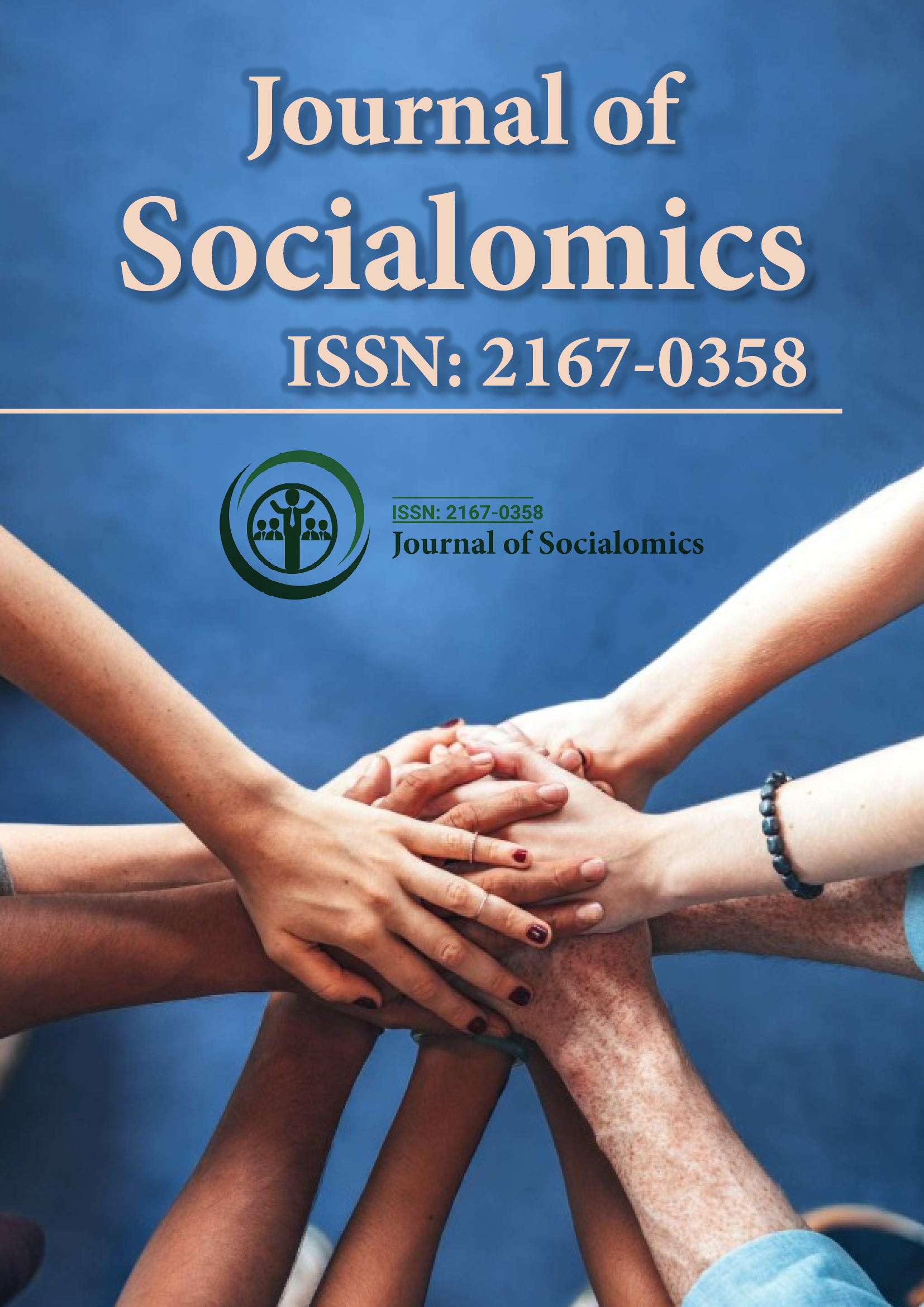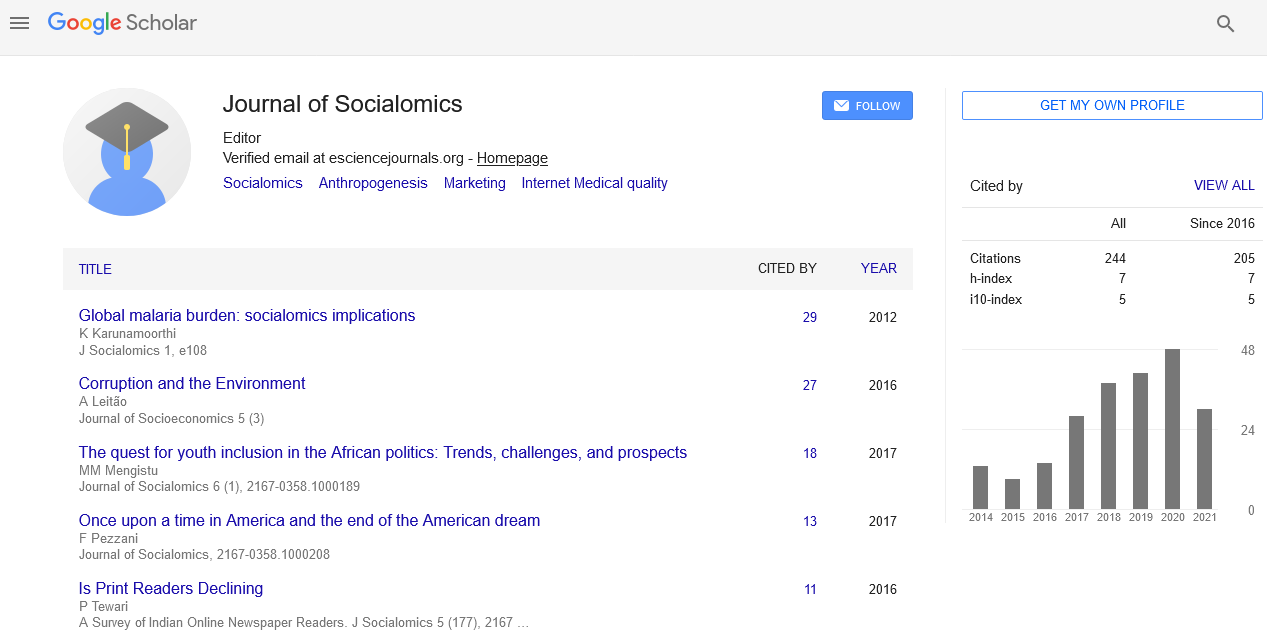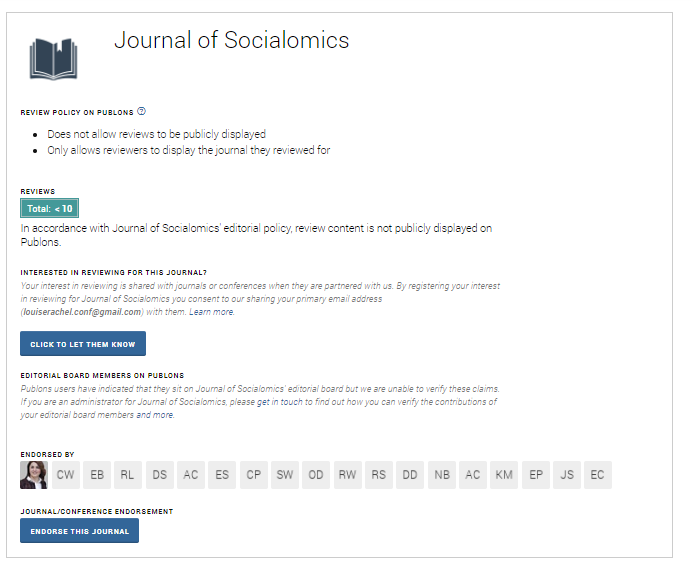Indexed In
- Open J Gate
- Genamics JournalSeek
- SafetyLit
- RefSeek
- Hamdard University
- EBSCO A-Z
- OCLC- WorldCat
- Publons
- Google Scholar
Useful Links
Share This Page
Journal Flyer

Open Access Journals
- Agri and Aquaculture
- Biochemistry
- Bioinformatics & Systems Biology
- Business & Management
- Chemistry
- Clinical Sciences
- Engineering
- Food & Nutrition
- General Science
- Genetics & Molecular Biology
- Immunology & Microbiology
- Medical Sciences
- Neuroscience & Psychology
- Nursing & Health Care
- Pharmaceutical Sciences
Journal Highlights
- Anthropogenesis
- Anthropological Science Fiction
- Archeology
- Beach Evolution
- Beach Nourishment
- Beach Placers
- Bioarchaeology
- Biological Anthropology
- Coastal Anthropogenic Pressure
- Coastal Aquifer
- Coastal Bar/ Coastal Spit
- Coastal Deposition
- Coastal Development
- Coastal Dunes
- Coastal Engineering
- Coastal Erosion
- Coastal Geomorphology
- Coastal Irrigation
- Coastal Lagoon
- Coastal Mining
- Coastal Plain
- Coastal Ports
- Coastal Region/ Coastal Area
- Coastal Waters
- Coastal Wetlands
- Craniofacial Anthropometry
- Criminal Behavior
- Criminal Cases
- Culture anthropology
- Decomposition
- Ethnography
- Ethology
- Fishery
- Forensic Anthropology
- Forensic Archaeology
- Forensic Facial Reconstruction
- Forensics
- Human geology
- Integrated Coastal Zone Management
- Marine Spatial Planning
- Marine and Coastal Biodiversity
- Marketing and Internet
- Medical quality
- Psychopathic personality disorders
- Recycling
- Social Cognition
- Social equality
- Social history
- Social marketing
- Social welfare
Anthropogenesis
Anthropogenesis, refers to the process of becoming human, and is used in somewhat different contexts in the fields of paleontology and paleoanthropology, archeology, philosophy and theology.If the Anthropocene represents a new epoch of thought, it also represents a new form of materiality and historicity for the human as strata and stratigrapher of the geologic record. This collision of human and inhuman histories in the strata is a new formation of subjectivity within a geologic horizon that redefines temporal, material, and spatial orders of the human (and thus nature). I argue that the Anthropocene contains within it a form of Anthropogenesis – a new origin story and ontics for man – that radically rewrites material modes of differentiation and concepts of life, from predominantly biopolitical notions of life toward an understanding of life’s geophysical origination (geontics).
The process and means by which Anthropogenesis occurs is a key problem in theistic evolutionary thought, at least for the Abrahamic religions, for which the belief that animals do not have souls but humans do is a core teaching. Scientific accounts of the origin of the universe, origin of life and subsequent evolution of pre-human life forms may not cause any difficulty (helped by the reluctance of science itself to say anything about what preceded the Big Bang) but the need to reconcile religious and scientific views of hominization and account for the addition of a soul to humans remains a problem.The problem of anthropogenesis has gone through various aspects. Originally the difference between man and animal was considered to be so fundamental, that each was counted as belonging to an entirely different world, without any relationship. This found its expression in the doctrine of the separate creation of man, gifted with reason and possessed of an immortal soul.
As biology developed, the bodily similarity of man and animal became more apparent, and Linnaeus classified man in the animal kingdom as a normal species, Homo sapiens, belonging to the class of mammals and, with the apes, forming the order of Primates. Darwin’s theory of man’s descent from animal ancestors brought about a complete break with the traditional doctrine.
Related Journals of Anthropogenesis
Anthropology, Journal of Primatology, Journal of Phylogenetics & Evolutionary Biology, American Journal of Physical Anthropology, Annual Review of Anthropology, Current Anthropology, Evolutionary Anthropology, Cultural Anthropology, Medical Anthropology Quarterly, Yearbook of Physical Anthropology.


